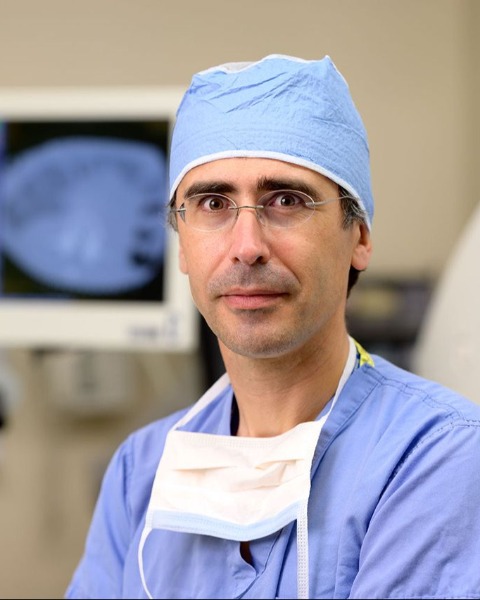SIR 2025
Interventional Oncology
Traditional Poster
55 - Quantitative assessment of local thermal interventions in pre-clinical animal models: implications for combination therapy investigations
- AB
Anna Bottiglieri, PhD
Research Scientist
The George Washington University, United States 
Francois H. Cornelis, MD, PhD
Professor
MSKCC - Weill Cornell Medical College, United States- PP
Punit Prakash, PhD
Professor
The George Washington University, United States
Poster Presenter(s)
Author/Co-author(s)
Materials and Methods: We identified 3 energy delivery protocols that represent most of the 36 preclinical studies from an literature survey we conducted: (A) 70 °C for 5 min (13/36); (B) 90 °C for 70 s (9/36), (C) 3 W for 15 s (8/36). Three computational models were developed including pertinent information such as: type of tumor model (orthotopic/subcutaneous), tumor max. diameter (4 – 10 mm), and diameter and length of the active RF electrode. The bioheat transfer equation was solved to simulate 3D transient thermal profiles during RF ablation. Outcomes of each procedure were assessed in terms of electrode tip time-temperature profile and fraction of tumor volume exposed to temperature ranges of T ≥ 55 °C and 40 °C ≤ T < 43 °C representative
of ablation (Vabl) and peri-ablation/hyperthermia (Vhyp) zones.
Results:
Electrode tip temperature remained within 70 °C for (A) and 90 °C for (B) for the duration of the procedure; it continuously increased up to 90 °C for (C). Simulations predict final Vabl and Vhyp values of: 20% and 0% for (A); 10% and 19% for (B); 8% for both Vabl and Vhyp for (C). In contrast, the experimental data as reported in the literature, were: (A) “half ablation”, (B) “complete ablation”, (C) “80% ablation” of the tumor volume, which are substantially different compared with outcomes expected from computational modeling. Heterogeneities of the tumor phenotype, vasculature, and blood flow, and ambient conditions that affect heat transfer in the case of subcutaneous tumors, are all factors that influence the spatio-temporal temperature profile.
Conclusion:
Induced thermal profiles in small-animal tumor models vary considerably as a function of applied energy settings. Quantitative assessment of thermal profiles is essential for reliable interpretation of thermal-mediated biological effects, and to cross-compare translational investigations of local thermal interventions combined with immunotherapy.


.jpg)